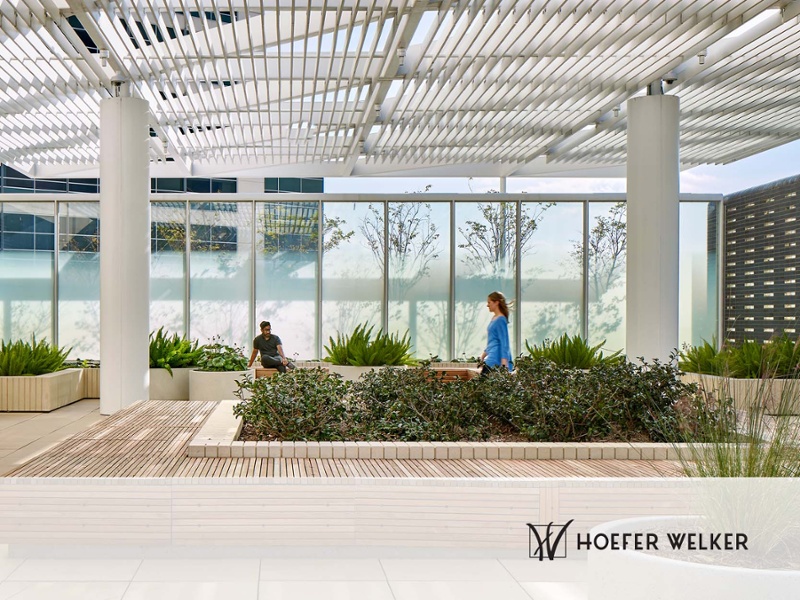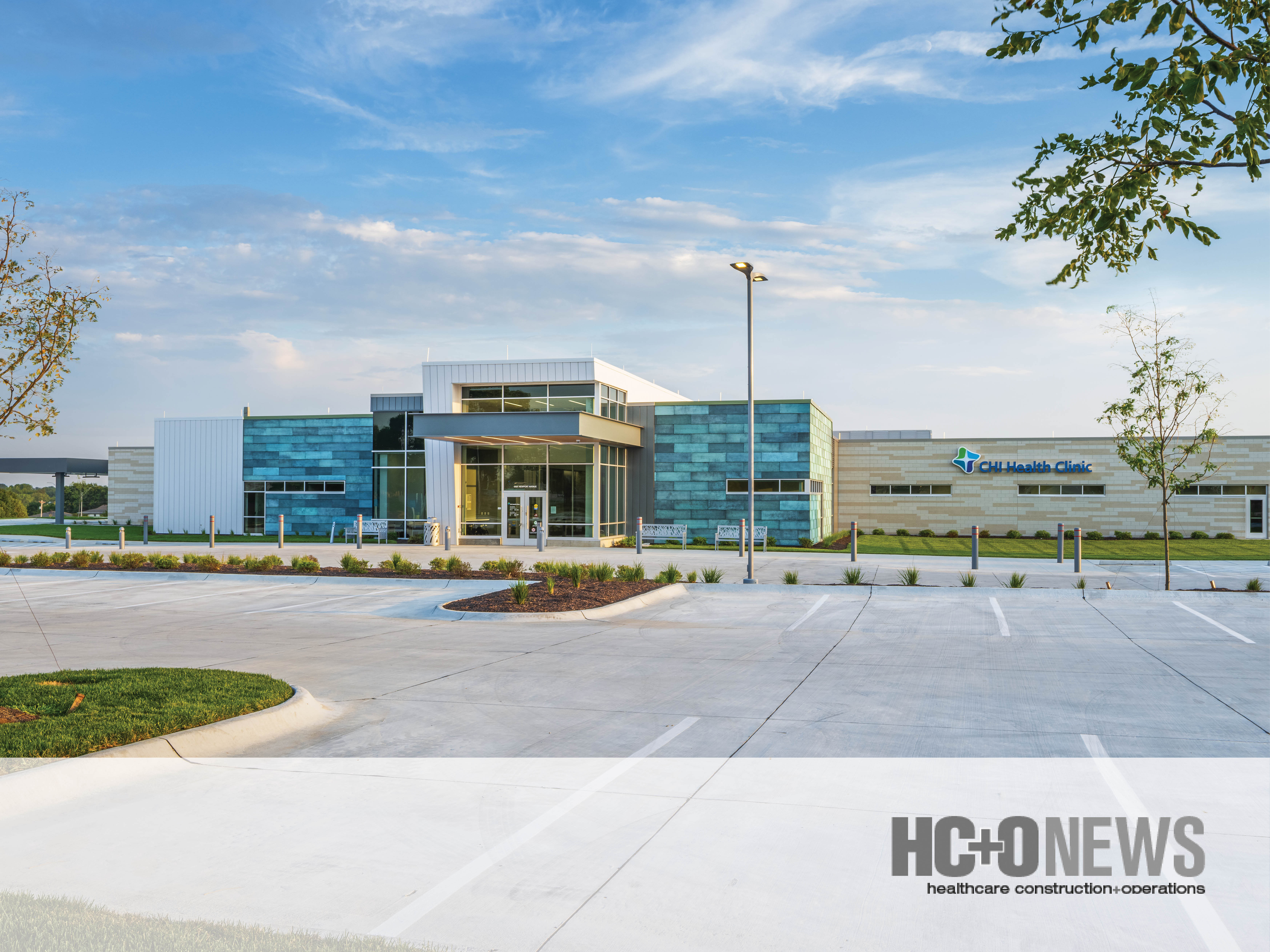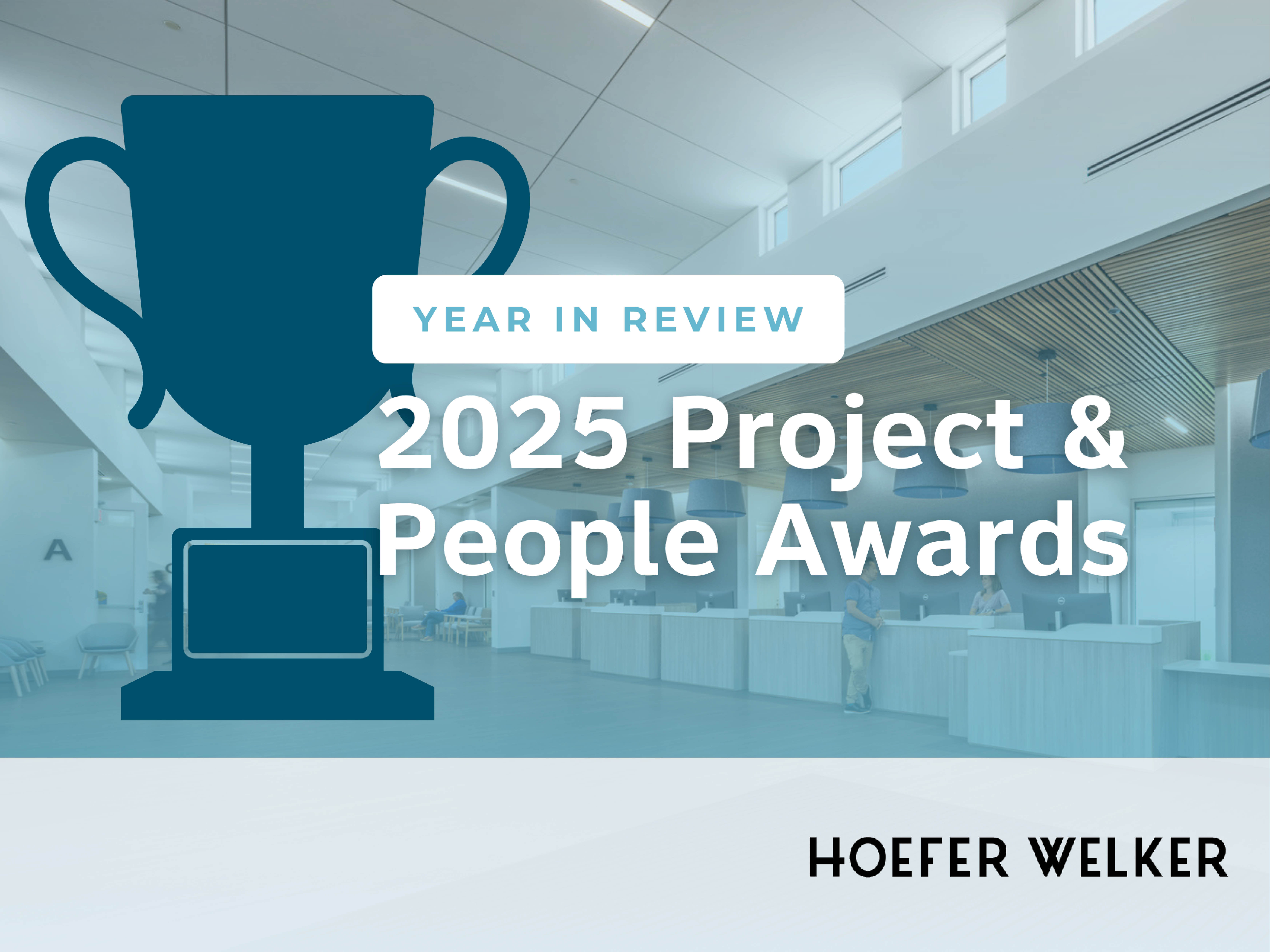Modular and Prefabricated Design Part I: The New Mainstream for Health Systems
A recent HCO News article highlights how modular and prefabricated design is becoming a mainstream solution for healthcare systems facing rising...
3 min read

Sustainability is a powerful aspect of design. With the right tools, sustainable design has the power to conserve water, reduce carbon footprints and enhance energy resiliency for present and future generations. These traditional aspects of sustainable design benefit everyone on a grand scale, yet the immediate impact can feel minimal for individuals. What most people don’t know, though, is that there’s an entire area of sustainable design that is solely focused on directly improving the lives of individuals.
According to the General Services Administration (GSA), the objectives of sustainable design fall into two categories. The first and most common objective is reducing negative impacts on the environment. But the second area, the one that is often overlooked, is creating healthy, productive environments for occupants. Or as companies call it: health and wellness.
The health and wellness focus of sustainable design underscores the importance of enhancing the indoor environment to help keep employees and occupants healthy. Many companies encourage their employees to choose healthy activities by offering gym membership discounts or sponsoring a wellness walk for charity. But the truth is, a company’s building can also help keep employees healthy by reducing stressors and harmful materials.
A company’s building can also help keep employees healthy by reducing stressors and harmful materials.
The most common areas of sustainable design for health and wellness include:
At Hoefer Welker, our commitment to sustainability goes beyond our work; it is who we are. With events like Earth Week, which challenges our sustainable lifestyle choices, and HW University, which provides our employees with training on the latest techniques, we always keep sustainability at the forefront of our conversations.
Through honest and collaborative discussion, we can help clients realize and articulate the sustainable goals they truly care about early in the design process — and then modify our approach accordingly to achieve those goals.
Through honest and collaborative discussion, we can help clients realize and articulate the sustainable goals they truly care about early in the design process — and then modify our approach accordingly to achieve those goals. For example, suppose a client identifies upfront in designing a new building that they want to maximize daylight, ensure thermal comfort and reduce energy costs. In that case, our design team would determine the ideal placement of not only windows but also the building itself to optimize daylight, minimize glare and reduce the amount of hot afternoon sunlight.
Sustainably designing and constructing one building may seem like a drop in the bucket; however, sustainable design can help the planet while also creating a better future for people inhabiting the building now and for generations to come. By considering all aspects of sustainability, architects and builders can develop structures that are environmentally friendly, resource-efficient, and healthy places to live and work. With sustainable design, we have the opportunity to make a real difference in the world — one building at a time.
As a champion of sustainability, Ashley continually raises the bar in regard to performance-driven sustainable design at Hoefer Welker, with direct involvement in most of the firm’s sustainable projects from initial application through final certification.

As a champion of sustainability, Ashley continually raises the bar in regard to performance-driven sustainable design at Hoefer Welker, with direct involvement in most of the firm’s sustainable projects from initial application through final certification.

A recent HCO News article highlights how modular and prefabricated design is becoming a mainstream solution for healthcare systems facing rising...

2025 brought a number of recognitions for our work, our people, and our growth as a firm. From project awards to individual honors and business...

Mara Sabatini, Vice President and Senior Project Manager, was recently featured in BD+C’s article, Leadership in Practice: How 40 Under 40 Alumni...